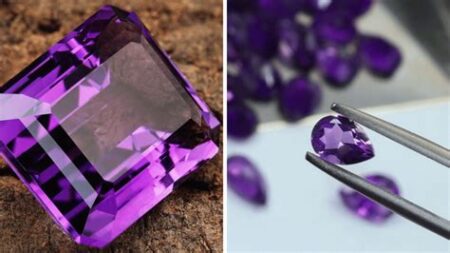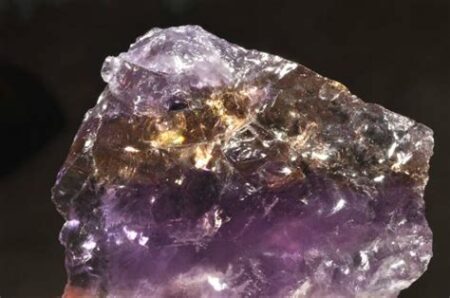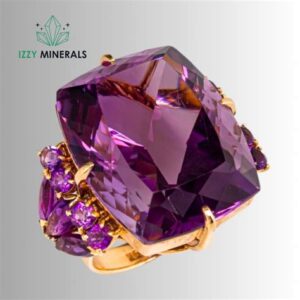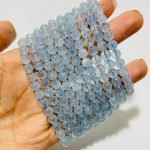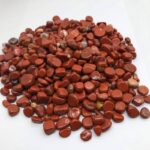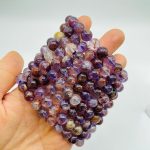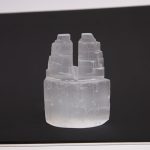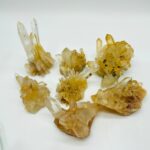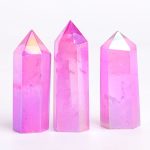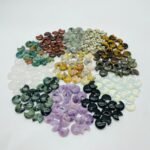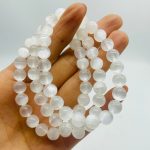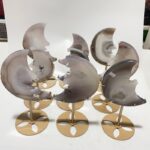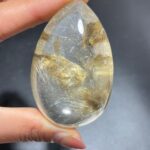Introduction
Serpentine, a captivating and enigmatic gemstone, has held a revered place in human history for centuries. Its distinctive swirling patterns, mesmerizing shades of green, and reputed metaphysical properties have made it a sought-after talisman for spiritual seekers, healers, and gemstone enthusiasts alike. Embark on an extraordinary journey into the world of serpentine, where we uncover its captivating beauty, explore its diverse applications, and delve into the profound impact it has on our well-being.

Serpentine’s Enchanting Origins and Composition
Serpentine derives its captivating name from the Latin word “serpens,” meaning “snake,” a fitting tribute to its slithering, serpentine appearance. This gemstone is primarily composed of hydrous magnesium silicate minerals, imparting its characteristically fibrous and interlaced structure. The formation of serpentine occurs within geological environments, such as hydrothermal veins and metamorphic rocks, under intense heat and pressure.
Unveiling Serpentine’s Mesmerizing Colors and Inclusions
Serpentine’s captivating allure stems from its rich array of colors and mesmerizing patterns. While predominantly associated with its vibrant shades of green, serpentine can also display hues of yellow, brown, black, and even white. These vibrant colors are attributed to trace amounts of minerals like iron, nickel, and chromium. Furthermore, serpentine often exhibits distinctive inclusions, including parallel veins, swirls, and brecciated patterns, lending each gemstone its unique character.
Serpentine’s Profound Metaphysical Properties: A Talisman of Healing and Protection
Throughout history, serpentine has been revered for its purported metaphysical properties. It is believed to possess a calming and balancing energy, aiding in emotional stability and spiritual growth. Moreover, serpentine is said to enhance psychic abilities, promote detoxification, and offer protection from negative energies. These beliefs have made it a cherished talisman for spiritual seekers and healers alike.
Exploring Serpentine’s Diverse Applications: From Adornment to Alternative Therapies
The beauty and reputed therapeutic properties of serpentine have led to its multifaceted applications.
I. Jewelry and Adornment
Serpentine’s captivating allure has made it a popular choice for jewelry making. Whether fashioned into elegant necklaces, striking earrings, or intricate rings, serpentine’s unique patterns and vibrant colors add a touch of nature’s artistry to personal adornments.
II. Healing Arts and Metaphysical Practices
Serpentine is widely employed in alternative therapies, including crystal healing and meditation. Its calming energy is believed to soothe stress, promote emotional balance, and enhance intuition. Additionally, serpentine is often used in rituals and ceremonies to connect with nature and harness its protective power.
III. Functional Applications: A Novel Insulation Material
Beyond its aesthetic and metaphysical uses, serpentine has recently gained attention for its potential as an innovative insulation material. Its fibrous structure and ability to trap air make it an effective thermal insulator, offering promising applications in sustainable building practices.
Unveiling the Science Behind Serpentine’s Healing Powers
While scientific research on serpentine’s therapeutic effects remains limited, some studies suggest that it may possess properties that support well-being.
I. Serpentine and Detoxification
Serpentine is believed to promote detoxification by facilitating the elimination of toxins from the body. Its high magnesium content may contribute to this process, as magnesium aids in cell regeneration and tissue repair.
II. Serpentine and Emotional Balance
Serpentine’s calming and balancing energy is often attributed to its ability to regulate the nervous system. Its grounding properties help reduce stress and anxiety, creating a sense of emotional stability and inner peace.
Table 1: Serpentine’s Physical Properties
| Property | Value |
|---|---|
| Chemical composition | Hydrous magnesium silicate |
| Crystal structure | Monoclinic |
| Hardness (Mohs scale) | 3-6 |
| Specific gravity | 2.5-2.6 |
| Cleavage | Perfect, one direction |
| Fracture | Splintery |
| Luster | Greasy |
| Color | Green, yellow, brown, black, white |
Table 2: Serpentine’s Metaphysical Properties
| Property | Attributed Benefits |
|---|---|
| Calming | Emotional stability, stress reduction |
| Balancing | Inner harmony, equilibrium |
| Protective | Shielding against negative energies, spiritual support |
| Detoxifying | Facilitates elimination of toxins |
| Psychic | Enhances intuition, promotes spiritual growth |
Serpentine: A Gemstone for the Modern Age
In today’s fast-paced and often stressful world, serpentine offers a timely and profound remedy. Its calming energy and reputed healing properties provide a sanctuary for emotional balance and spiritual growth. Whether adorned as a talisman, incorporated into healing practices, or explored for its innovative applications, serpentine invites us to reconnect with nature and harness its power for personal well-being.
Table 3: Serpentine’s Applications
| Application | Benefits |
|---|---|
| Jewelry | Aesthetic adornment, personal expression |
| Healing arts | Emotional balance, detoxification, spiritual growth |
| Metaphysical practices | Protection, spiritual connection |
| Insulation (novel) | Thermal insulation, sustainable building |
Table 4: Serpentine’s Regional Sources
| Region | Notable Deposits |
|---|---|
| United States | California, Pennsylvania |
| Canada | Ontario, Quebec |
| Zimbabwe | Great Dyke |
| South Africa | Barberton |
| India | Rajasthan, Tamil Nadu |
Frequently Asked Questions
Q1. What is the difference between serpentine and jade?
A1. Serpentine is a hydrous magnesium silicate mineral, while jade is a variety of nephrite or jadeite, which are composed of sodium aluminum silicate or calcium aluminum silicate, respectively.
Q2. Is serpentine a rare gemstone?
A2. Serpentine is not considered a rare gemstone. It is relatively common in geological formations.
Q3. What is the best way to clean serpentine jewelry?
A3. Use a soft cloth and mild soapy water to clean serpentine jewelry. Avoid using harsh chemicals or ultrasonic cleaners.
Q4. Can serpentine be used for meditation?
A4. Yes, serpentine is believed to promote emotional balance and spiritual growth, making it a suitable gemstone for meditation and spiritual practices.
Q5. What is a unique application of serpentine in the modern world?
A5. Serpentine is being explored for use as an innovative insulation material due to its fibrous structure and ability to trap air, offering potential applications in sustainable building practices.
Q6. What is the meaning of the name “serpentine”?
A6. The name “serpentine” comes from the Latin word “serpens,” meaning “snake,” referring to the gemstone’s slithering, serpentine appearance.
Q7. What are the reputed healing properties of serpentine?
A7. Serpentine is believed to possess calming and balancing properties, promoting emotional stability, detoxification, and protection from negative energies.
Q8. What is serpentine’s most distinctive physical characteristic?
A8. Serpentine is characterized by its swirling patterns and fibrous structure, often exhibiting parallel veins, swirls, and brecciated patterns.

